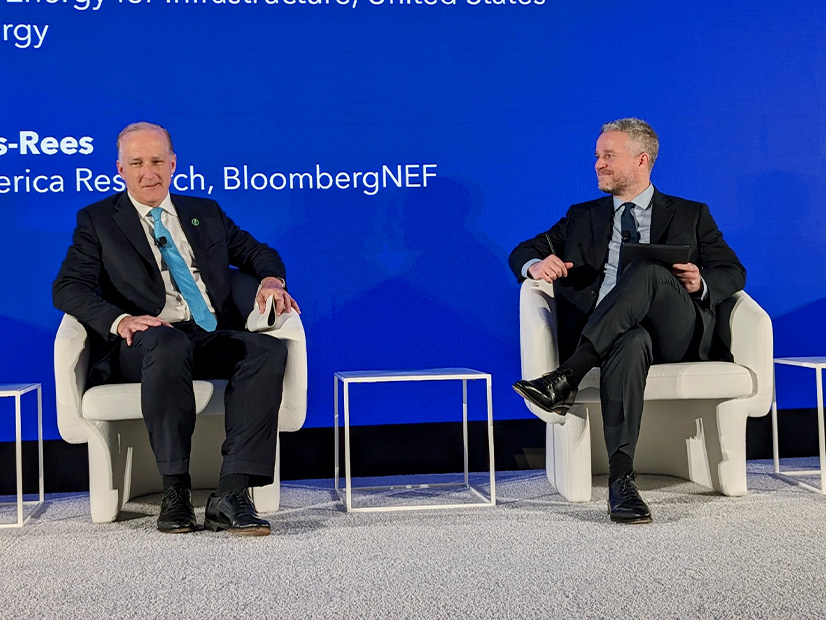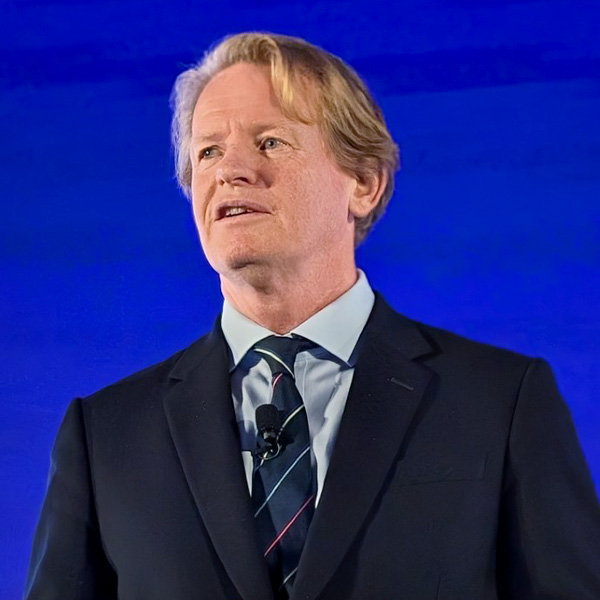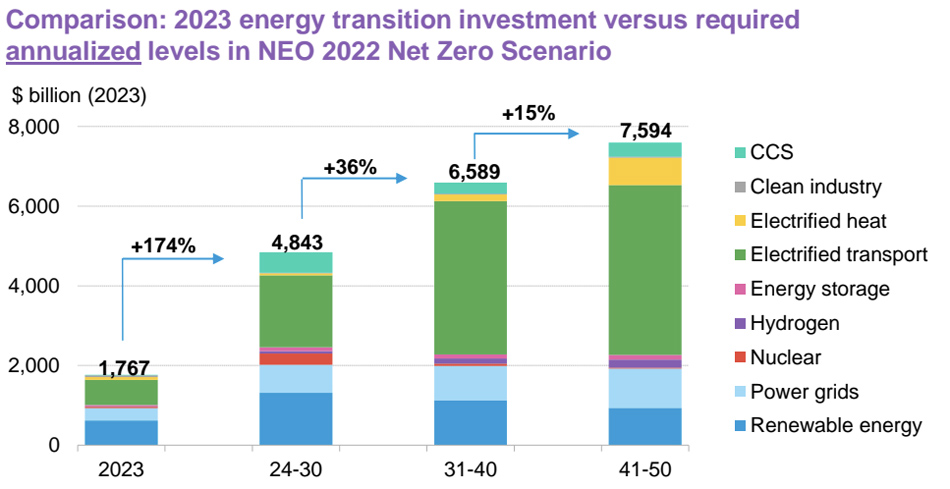State regulators voted 3-2 on April 19 to approve Entergy Louisiana’s hotly debated $1.9 billion grid-hardening proposal to be funded by ratepayers, four days after the utility submitted it.
The utility filed the first phase of its Entergy Future Ready Resilience Plan with the Louisiana Public Service Commission on April 15 and requested fast-tracked approval on April 19 during the commission’s Business and Executive Session (U-36625). The commission issued a supplemental agenda to its meeting to consider Entergy’s ask.
The quick turnaround elicited criticism from Commissioner Davante Lewis, who expressed concerns that the final draft of the plan wasn’t shared earlier with the public and commission staff.
“Like all Louisianans, I would love to see the kind of grid improvements that get us back on track faster after storms, but I need to be certain I am equipped to represent the public, who have no other choice but to buy their power from these companies from month to month,” Lewis wrote in a press release prior to the meeting. “Transparent, deliberative decision-making is already difficult to achieve when specifics of this proposal are deemed proprietary and confidential to Entergy’s outside contractors.”
Lewis also said “substantial details” of the plan “are obscured by contractor confidentiality agreements.”
“The public deserves to know more and have the chance to be heard in decisions of this magnitude,” he wrote.
The 17 pages of potential transmission and distribution system projects listed in Entergy’s filing are nearly illegible (see picture) and provide few specifics on the projects.
Commissioner Foster Campbell joined Lewis in opposition. He said he could not vote in favor of the plan because it assigns the same costs to ratepayers over five years regardless of where they live, and the bulk of storm damages occur in the southern part of the state. He noted his district includes the “poorest place in America.”
“I can’t in good conscience vote to give them a higher utility bill when I don’t think they get a fair share,” Campbell said.
Entergy Louisiana insists the resilience plan has not been rushed through the regulatory process and was in the works at the PSC for about a year and a half. Spokesperson Brandon Scardigli said the utility first filed its resilience application in December 2022.
“The record in that proceeding is complete, as the company and intervenors have filed several rounds of testimony and discovery throughout those 16 months, engaging stakeholders and responding to questions and concerns,” Scardigli said in an email to RTO Insider.
He pointed out that the commission’s approval could have Entergy getting a jump on improvements before the Atlantic hurricane season kicks off.
“June 1 marks the beginning of hurricane season — in just 45 days. Now is the time to take the necessary steps to harden Louisiana’s electric grid, which will benefit residents and businesses by reducing the cost of future restoration and shortening the duration of outages following storms, allowing Louisiana to get back to normal faster,” he wrote.
Entergy did not address RTO Insider’s request to elaborate on which projects are in the proposal or how they might be prioritized. Scardigli said the plan includes “thousands of projects aimed at reinforcing critical structures on both the transmission and distribution systems.”
Prior to the vote, Lewis said taking up Entergy’s proposal could create a bad precedent in which utilities don’t have to “make good faith efforts” to negotiate with staff or address the public’s concerns. He said he received more than 90 emails in a single day from intervenors and constituents asking for more time to understand the proposal.
He said he saw no reason to address Entergy’s plan “this month [or] this week.” In fact, Lewis said the only reason he could fathom Entergy needing its plan addressed so soon is so it could deliver its shareholders some “good news” during an April 23 earnings call.
Campbell made a failed motion to defer Entergy’s application for a month; only Lewis joined him in the vote. Commissioner Eric Skrmetta advanced Entergy’s plan for consideration. Commissioners Craig Greene and Mike Francis voted with Skrmetta.
Skrmetta said he spent “an enormous amount of time” talking with Entergy in recent weeks about the plan, which he said embodies the phrase “an ounce of prevention is worth a pound of cure.”
He emphasized that Entergy’s plan includes a pole performance metric that stipulates if 150 or more poles fail in a storm they were designed to withstand, a portion of the funds spent on them is returned to ratepayers. He called it “a de facto insurance policy” and said the plan is in the best interest of the company and ratepayers.
Public Criticism
Multiple advocacy groups spoke at the meeting to express disappointment at the hasty nature of the request and asked the commission to delay acting on the application.
Lake Charles resident James Hyatt said commissioners are “supposed to be looking out for ratepayers and not for shareholder value.” He pointed out that ratepayers still are paying for past storm damage while Entergy’s profits increase.
Erin Hansen, representing citizen nonprofit Together Louisiana, said decisions that are made “rushed, under the cover of darkness, tend to represent special interests.”
“We’re here, and we feel a little taken — put upon, if you will — because it looks like there’s a giant check that’s been written and the PSC is about to sign it, but that check is linked to our bank account,” Hansen said.
She said Louisianans want reliability improvements, but Entergy needs to allow time for public understanding. She added that a clear schedule, public input, transparency and examination are not “irritating delays to be pushed through.”
“They are an essential part of your responsibility to your ratepayers,” she said.
Logan Burke, executive director of the Alliance for Affordable Energy, said that while her organization supports more investments in reliability, “we expected more process.”
“Louisianans expect this body, which makes decisions worth billions of dollars, to make them clear-eyed based on facts and in a way that is accessible to the ratepayers who will be impacted. The public’s trust depends on that,” Burke said.
Burke expressed concern that the plan’s intent is not resilience but a “single-minded investment in Entergy’s preferred solutions.”
Entergy Defends
Larry Hand, Entergy Louisiana’s acting vice president of regulatory and public affairs, said the utility already engaged extensively with parties to the docket to craft the grid-hardening plan. He said Louisiana PSC staff “reigned in” Entergy’s original plan.
“I wouldn’t characterize this as, ‘no one has supported this; no one agrees to it,’” Hand said. He added that the plan “is not something that fell out of the sky and should surprise intervenors.”
Hand also stressed that the plan needed expedited treatment before hurricane season but said “he couldn’t say” whether construction on any projects would begin prior to the impending storm season. He said the first projects likely would be of assistance during the 2025 hurricane season.
Hand said the average resident will see a peak $7.19/month increase by 2029, which gradually would decrease with depreciation.
Energy Louisiana CEO Phillip May said the plan would facilitate new growth and economic progress in the state.
“While we can’t say with certainty that any project will be started before June 1, what we can say is: The state has an enormous opportunity of economic development, and those folks who are deciding whether or not to invest in the state of Louisiana … want to see a sign that their concerns are taken seriously [that] we’re going to build a grid that gives them confidence to make those investments,” May said.



